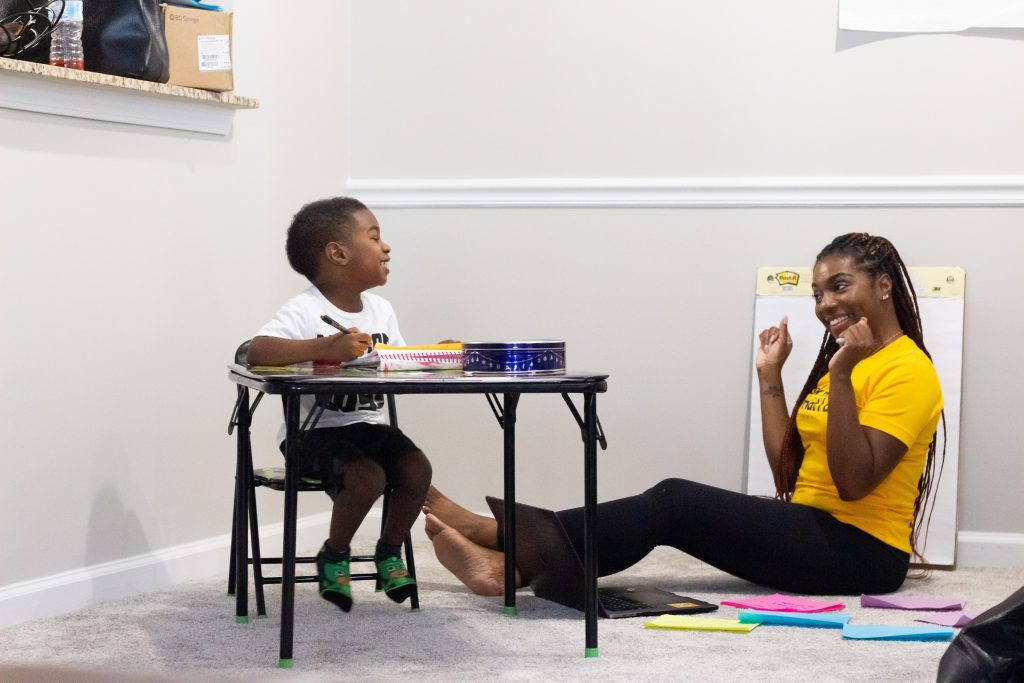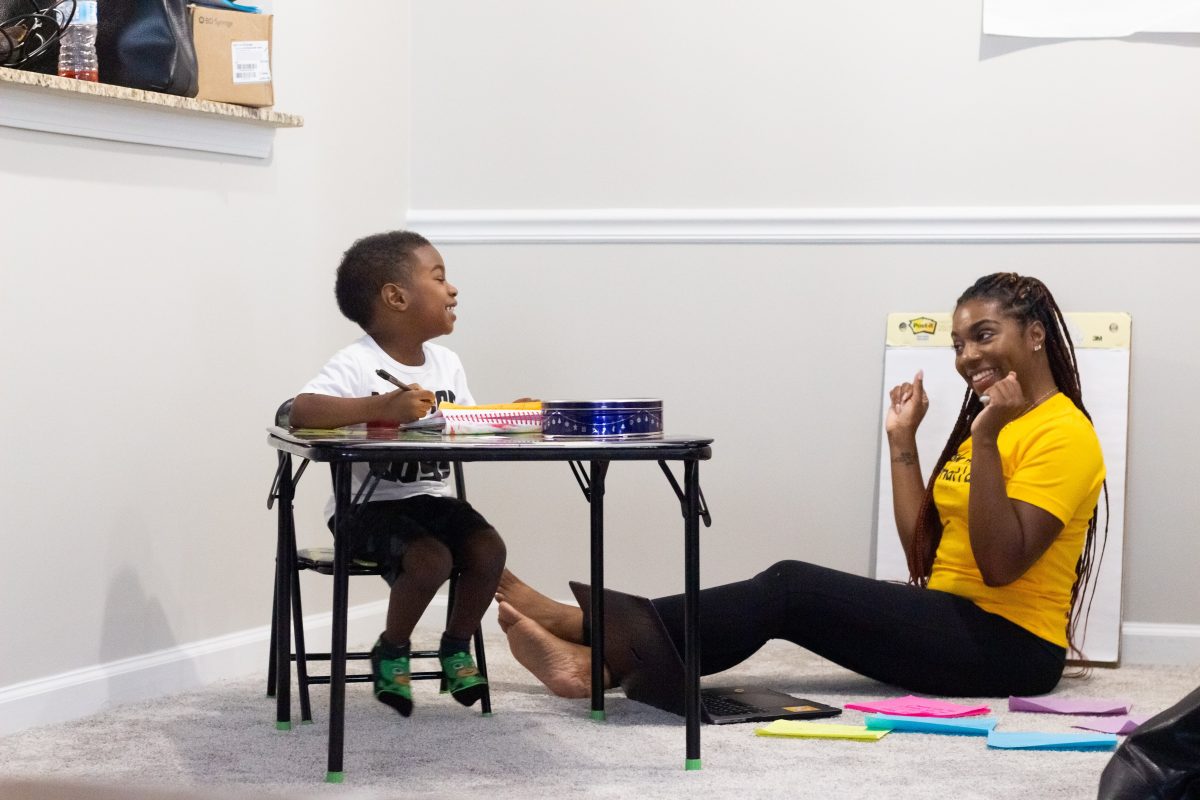For kids, going to school has never felt more uncertain than it does in fall 2021, as they enter their third school year affected by the COVID-19 pandemic. Will they be able to keep going to school or will their school shut down, as some already are? What if they get COVID, or what if they bring the Delta variant home to siblings too young to be vaccinated? Will they be okay?
Now more than ever, parents need to know how to help their kids navigate all the usual school stress, plus deal with the fear and uncertainty they face during the COVID-19 pandemic.
Kids are stuck in a ShouldStorm
Kids were already facing unprecedented pressure to excel in school at all costs, placed on them by the ShouldStorm: a culture of criticism and perfectionism in parenting that pressures parents and kids with all the things they should do or they will miss out in life. The ShouldStorm tells kids they must succeed, but they must at the same time be happy and comfortable. It provides no guidance on how they should do both; then the ShouldStorm makes kids feel terrible when they fail at one or the other. And this ShouldStorm did not go away when the COVID pandemic hit–if anything the pressure on kids only got heavier.
Now, many kids are trying to protect their parents from their own feelings. They confess to me at visits that they are trying to be strong so their parents don’t worry about them. Others worry that they might get sick, and ten and eleven-year-olds anxiously await their chance to get their own vaccine. “A bunch of kids in my class are in quarantine,” one tells me, “will my school shut down again?” The fear is loneliness or the struggle of learning remotely. Yes, many kids did do just fine with the isolation and online learning, but the majority struggled in some way.
And that’s not counting the kids who developed new mental health concerns over the past year and a half. The statistics on the mental health of children are not encouraging right now.
What can parents do to support their kids?
Parents want to support their kids right now, but it can be hard to know what to do. Parents are stuck in their ownShouldStorm, which shames them by holding them fully responsible for their child’s wellbeing, emotionally, physically, academically, and spiritually. Even worse, parents are told they should support their child just right, or they might cause damage by saying the wrong thing. It’s a recipe for anxiety and insecurity; which is just what parents feel.
But here is the truth: what kids need from parents is not perfection. They don’t need us to get it just right or let the shouldsdistract us so we are looking at the demands of the ShouldStorm instead of at our own children. Our kids need us to try. Our kids need us to connect with them, even if we don’t “get it right.”

In fact, our kids need to know that they are in this with us. And that means they need us to tell the truth: that this is hard, that we are anxious too, and that we will work it out together.
The best way I know to step out of the anxiety and shame of the ShouldStorm is to Sigh, See, and Start. Sigh, See, and Start is a method I developed, rooted in neuroscience and mindfulness, to help parents transform worry into meaningful connections with their kids. Here’s how it works:
Sigh, See, and Start
Whenever you feel a Should… Sigh, See, and Start.
Sigh. Take a deep breath in, and let it out as slowly as possible. Slow out-breaths activate the calm and connected centers in the autonomic nervous system.
See. See your child, see their body language, see your situation. Using “See” onboards mindfulness quickly, under pressure.
Then (and only then) Start. Start listening, Start thinking about what is appropriate here, Start trying something different. And most of all, Start accepting that you don’t have to get it right.
Start offering support for your child’s school stress by opening up. Say, “You know, I’ve been feeling worried because we don’t know for sure what’s going to happen this year. I wonder if you’ve felt that way?” Try doing something together while you talk, like driving in the car with an older child, or messing with playdoh together with a younger one.
When the shoulds urge you to tell your kids things that you simply cannot know, like “It’s going to be okay,” start with what you do know. “I know that we can do hard things together, and I know that we will work together if something does happen. I am right here with you, and I love you.”
Remember to get practical
And don’t forget the practical support. Try investing in really good masks for your kids that stay up over their noses all day at school, such as an M95c mask (I found them on amazon). Check-in on how they are doing in class. Many kids did not retain the fundamentals last year if they were on remote learning, and working with their teachers or getting a tutor early this year can go a long way.
But whatever you do, resist the pressure from the ShouldStorm to make your child comfortable by doing their homework for them. Lots of well-meaning parents end up doing things for their kids when kids ask for help. It’s a huge mistake because it teaches kids that their stress is the whole story and they can’t handle school. Instead, Start approaching conversations about schoolwork as an exploration of problem-solving options together. Because when we show our kids that we are in this with them and that we believe they can ultimately triumph, that is the most supportive thing we can do.
For more tips on parenting, join the Should-Free Parenting group on Facebook or get your copy of the Ultimate Parenting Checklist.
This post was originally published on PsychologyToday.com.

